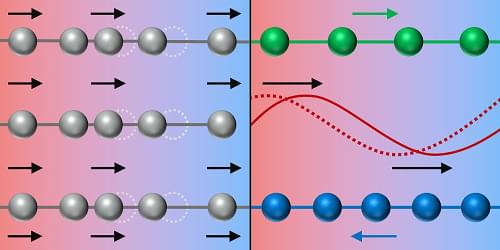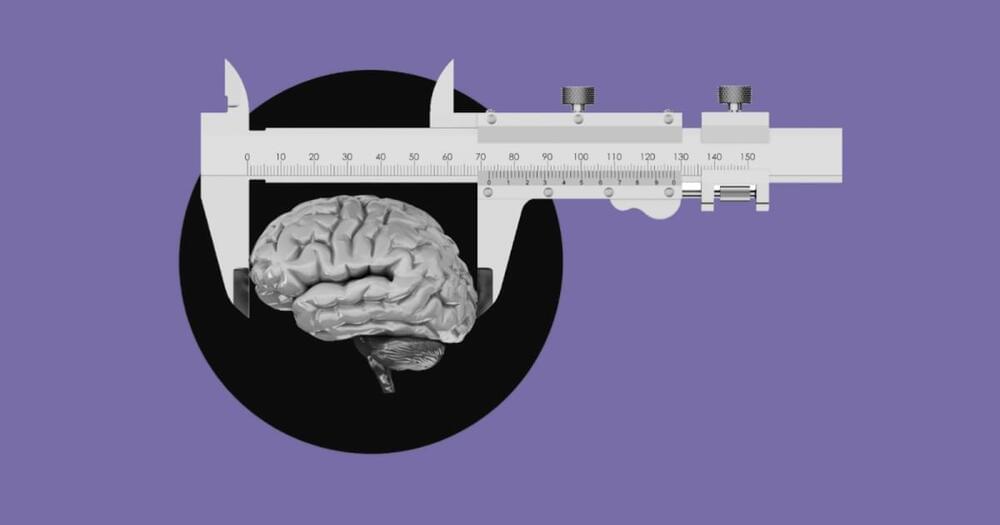Computations support the 30-year-old idea that supercooled liquid water can undergo a transition between high-and low-density states.



Heat-transport measurements and neutron-scattering spectroscopy probe a form of thermal conduction based on excitations called phasons.
The understanding of how substances conduct heat is of great significance in materials science. It is needed for many important technological applications—from heat management in electronics to temperature control in buildings [1]. Therefore, when an unusual form of thermal transport is identified, materials scientists take notice. Michael Manley of Oak Ridge National Laboratory, Tennessee, and his colleagues have shown that excitations called phasons can provide the main contribution to thermal transport in a material known as fresnoite [2]. Phasons are collective lattice oscillations that occur in certain crystals with an aperiodic lattice structure—fresnoite being one of the best known. The researchers’ demonstration could pave the way for new heat-management strategies.
Thermal conductivity is a measure of a material’s ability to transfer heat. It is a property that we are all abruptly reminded of when we accidentally place our hand on a hot kitchen stove. The temperature gradient between our cooler skin and the hotter surface facilitates a transfer of energy into our hand, resulting in an unpleasant sensation. The notion that different materials conduct heat at different rates is similarly experienced when we perceive the cooling sensation of holding a metal spoon relative to a wooden one.


Aging remains a primary risk factor for a host of diseases, including leading causes of death. Aging and associated diseases are inherently multifactorial, with numerous contributing factors and phenotypes at the molecular, cellular, tissue, and organismal scales. Despite the complexity of aging phenomena, models currently used in aging research possess limitations. Frequently used in vivo models often have important physiological differences, age at different rates, or are genetically engineered to match late disease phenotypes rather than early causes. Conversely, routinely used in vitro models lack the complex tissue-scale and systemic cues that are disrupted in aging.

Colombian renewable energy startup E-Dina developed a wireless lantern, called WaterLight, that converts salt water into electricity and is more reliable than solar-powered lamps, a Dezeen article explains. And it can also be charged by urine in emergency situations.
The portable device acts as a mini generator that produces light using ionization — by filling it with 500 milliliters of seawater, the salt in the water reacts with magnesium and copper plates inside the device, converting it into electrical energy.




Researchers have developed a new all-optical method for driving multiple highly dense nanolaser arrays. The approach could enable chip-based optical communication links that process and move data faster than today’s electronic-based devices.
“The development of optical interconnects equipped with high-density nanolasers would improve information processing in the data centers that move information across the internet,” said research team leader Myung-Ki Kim from Korea University.
“This could allow streaming of ultra-high-definition movies, enable larger-scale interactive online encounters and games, accelerate the expansion of the Internet of Things and provide the fast connectivity needed for big data analytics.”